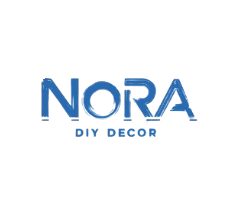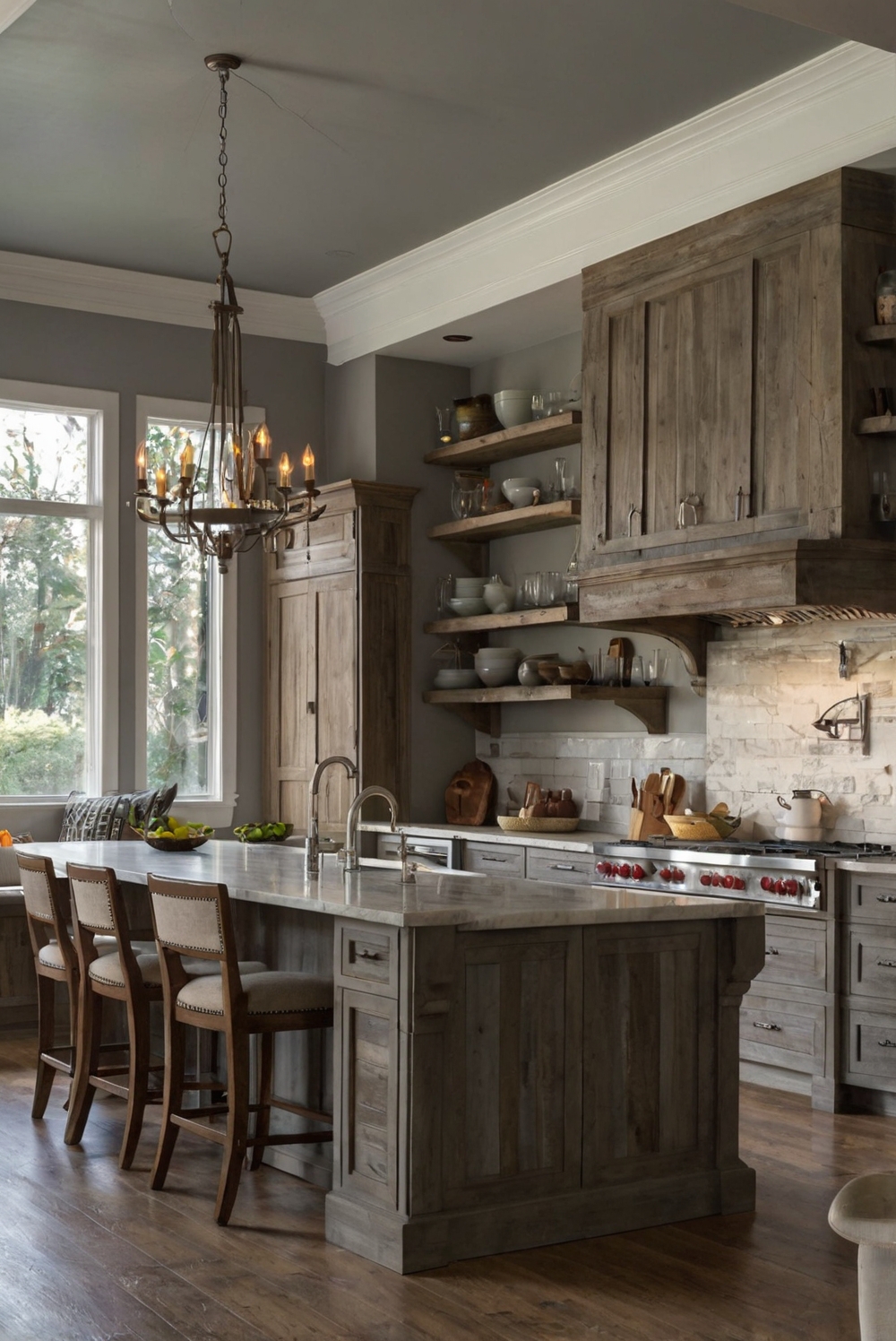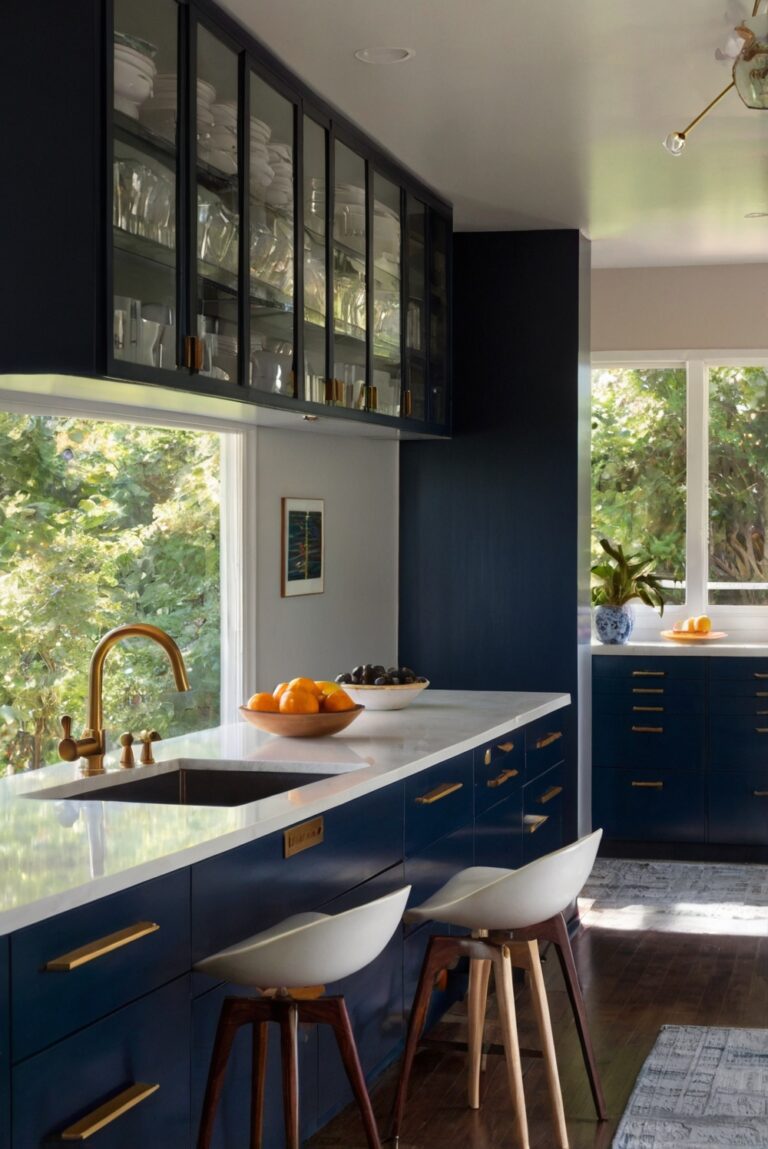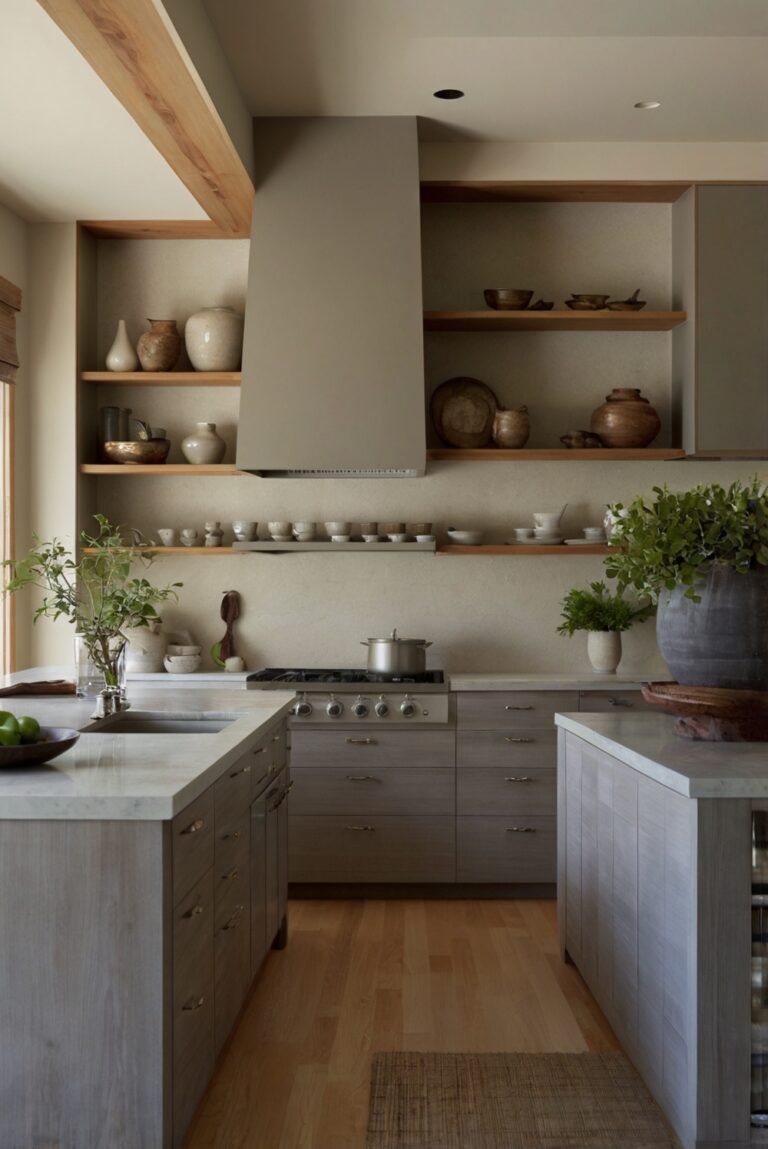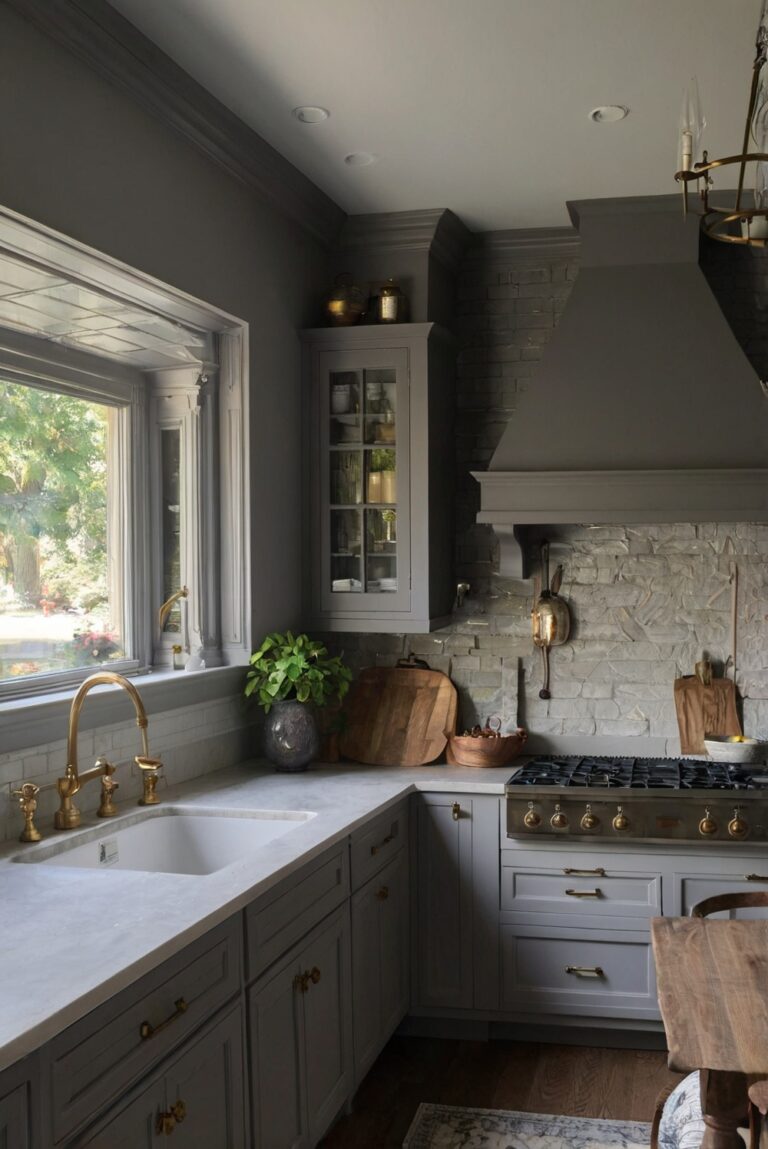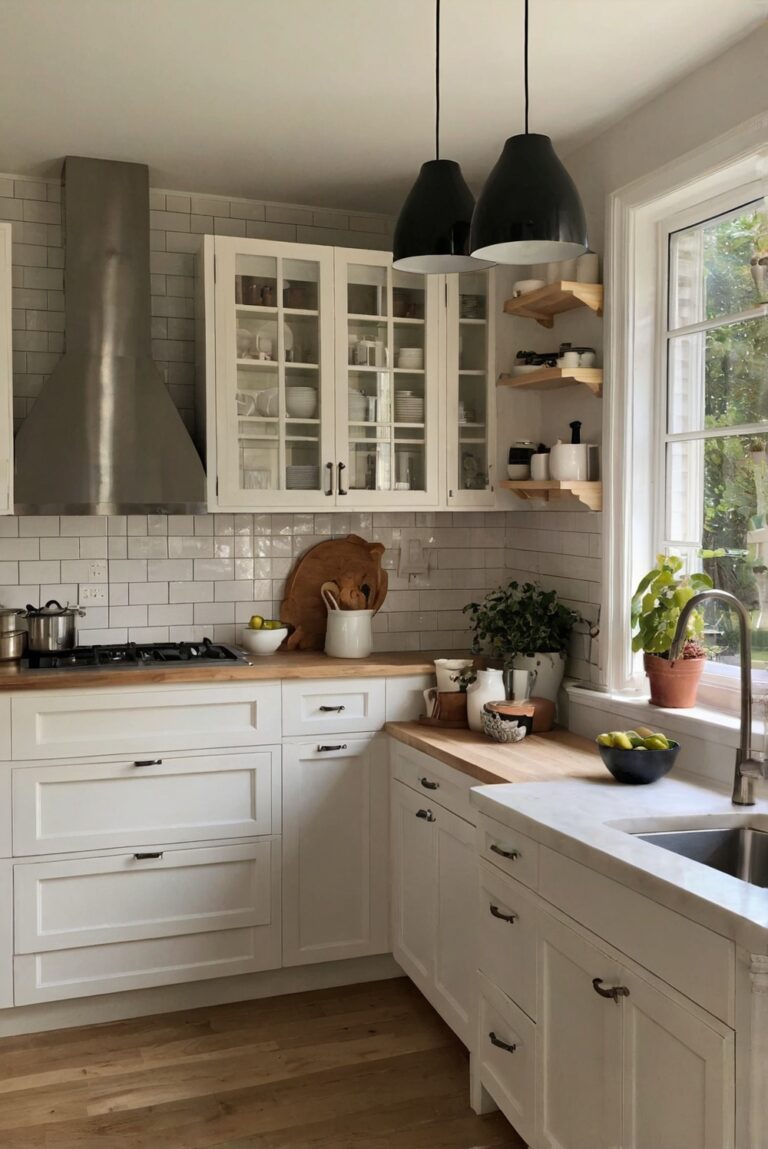What are the pros and cons of different types of kitchen lighting?
Find out the pros and cons of various kitchen lighting options—from pendant lights to recessed lighting. Explore how different lighting types can transform your space!
**What are the pros and cons of different types of kitchen lighting?**
Effective kitchen lighting is essential for functionality and aesthetics. Here are the pros and cons of various types:
1. **Recessed Lighting**:
– *Pros*: Provides even illumination, modern look.
– *Cons*: Expensive installation, limited flexibility.
2. **Pendant Lighting**:
– *Pros*: Adds style and charm, adjustable height.
– *Cons*: Can be costly, might not provide sufficient overall lighting.
3. **Under Cabinet Lighting**:
– *Pros*: Enhances task lighting, saves counter space.
– *Cons*: Installation challenges, potential glare.
4. **Track Lighting**:
– *Pros*: Flexible positioning, modern appeal.
– *Cons*: Limited brightness, some styles are outdated.
Consider a combination of these types for a well-lit and visually appealing kitchen.
Pros and Cons of Different Types of Kitchen Lighting
Task Lighting
Task lighting is essential for specific areas in the kitchen where focused light is needed, such as over the countertop or stove. The advantage of task lighting is that it provides adequate brightness for cooking, chopping, and other tasks. It helps prevent eye strain and enhances visibility. However, the disadvantage is that it may create shadows in certain areas if not placed correctly, and it can be too bright if not properly controlled.
Ambient Lighting
Ambient lighting serves as the overall illumination for the kitchen, providing a general, uniform brightness. The benefit of ambient lighting is that it creates a warm and inviting atmosphere, perfect for entertaining or relaxing. On the other hand, the drawback is that it may not be sufficient for detailed tasks and may require additional task lighting for practical purposes.
Accent Lighting
Accent lighting is used to highlight specific features or areas in the kitchen, such as artwork, cabinets, or architectural details. The advantage of accent lighting is that it adds visual interest and depth to the space, creating a focal point. However, the downside is that it may increase energy consumption and installation costs.
Conclusion
In conclusion, understanding the pros and cons of different types of kitchen lighting is crucial for creating a functional and aesthetically pleasing space. By incorporating task lighting, ambient lighting, and accent lighting strategically, you can achieve the perfect balance of functionality and style in your kitchen. Consider your specific needs, budget, and design preferences when choosing the right lighting options for your kitchen.
1. What are the pros and cons of recessed lighting in the kitchen?
Recessed lighting is a popular choice for kitchens due to its clean, modern look and ability to provide even illumination. Pros include its ability to create a streamlined appearance, flexibility in positioning to highlight specific areas, and energy efficiency. However, cons may include higher installation costs, limited adjustability once installed, and potential for shadows in work areas.
2. What are the pros and cons of pendant lighting in the kitchen?
Pendant lighting can add style and personality to a kitchen while providing focused task lighting. Pros include its versatility in design options, ability to create a focal point, and flexibility in height adjustment. On the flip side, cons may include the need for multiple fixtures to achieve adequate brightness, potential glare if not properly positioned, and limited coverage for larger kitchens.
3. What are the pros and cons of under cabinet lighting in the kitchen?
Under cabinet lighting is a practical choice for task lighting in the kitchen, illuminating countertops and workspaces. Pros include improved visibility while cooking, seamless integration into the kitchen design, and energy efficiency. However, cons may include the need for professional installation to hide wiring, limited overall brightness compared to overhead lighting, and potential for shadows in certain areas.
4. What are the pros and cons of track lighting in the kitchen?
Track lighting offers flexibility in directing light where needed, making it a versatile option for kitchens with varying lighting needs. Pros include the ability to adjust individual fixtures, easy installation on existing ceilings, and suitability for showcasing artwork or decor. On the downside, cons may include a less cohesive look compared to other lighting types, potential for glare if not properly positioned, and limitations in coverage for larger kitchens.
5. What are the pros and cons of LED lighting in the kitchen?
LED lighting has gained popularity in kitchens for its energy efficiency, long lifespan, and versatility in color temperature options. Pros include lower energy costs, minimal heat output, and compatibility with smart home systems for added convenience. However, cons may include initial higher costs compared to traditional lighting, potential for color inconsistency between fixtures, and limited dimming capabilities with some models.
